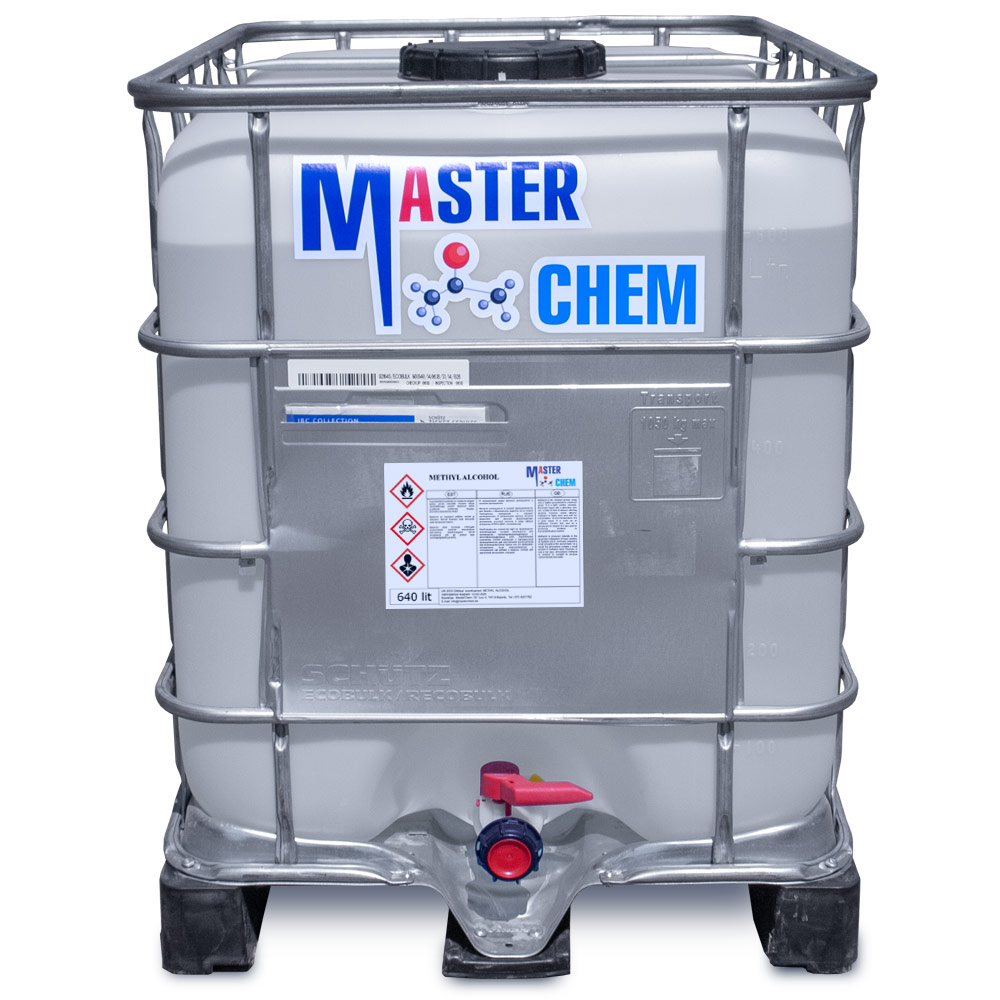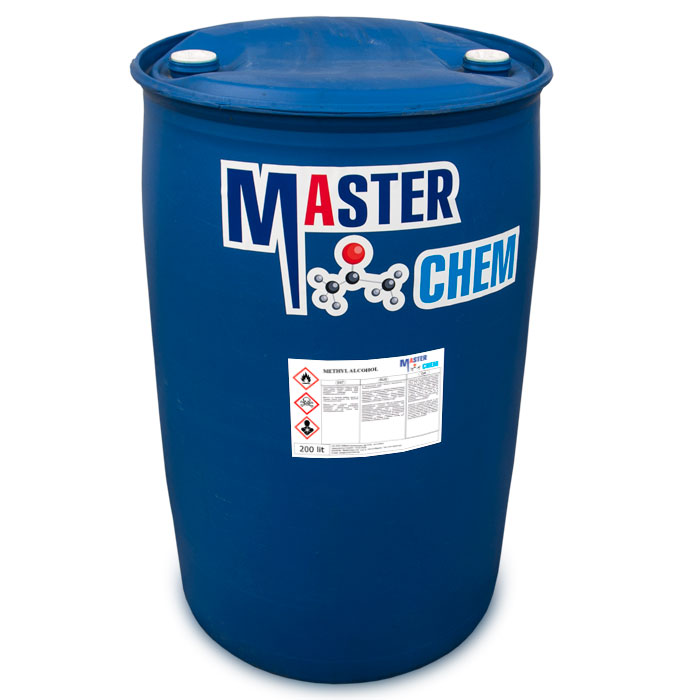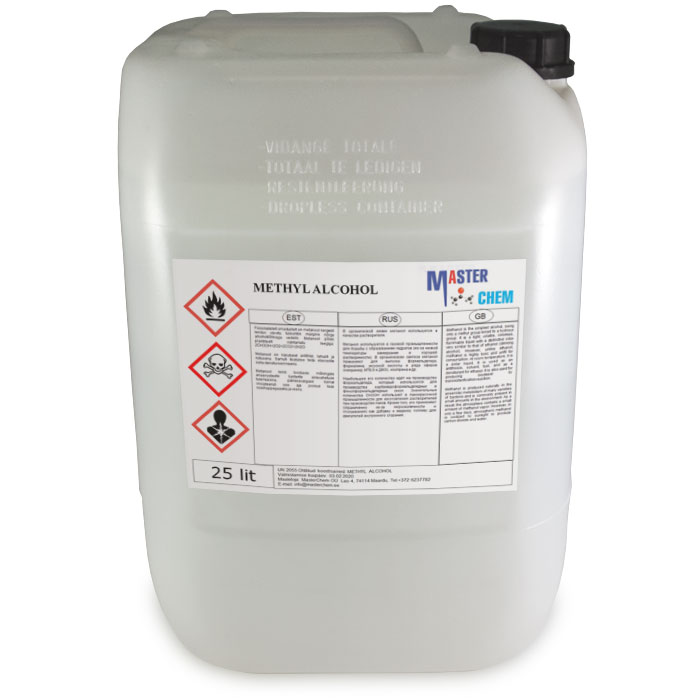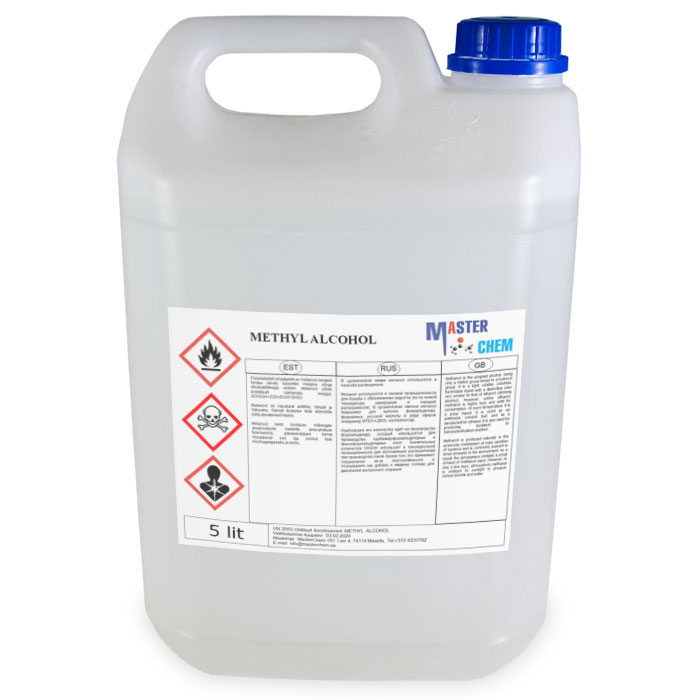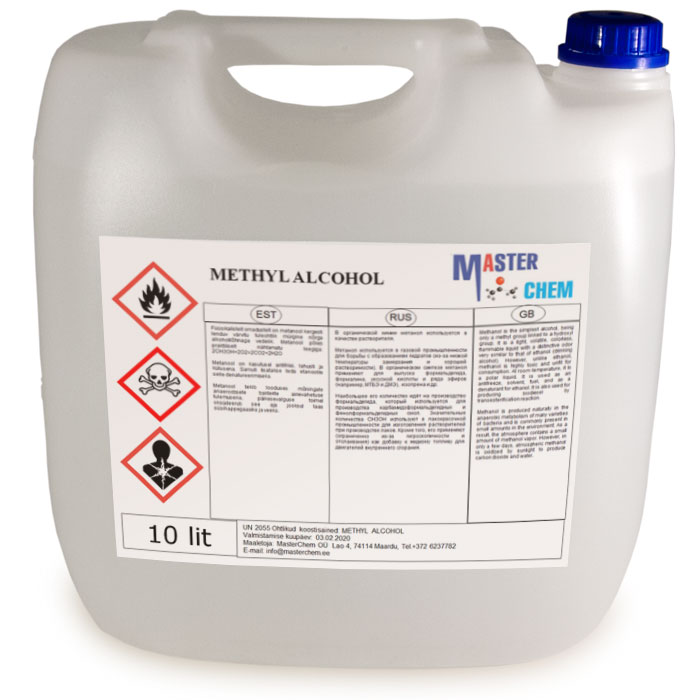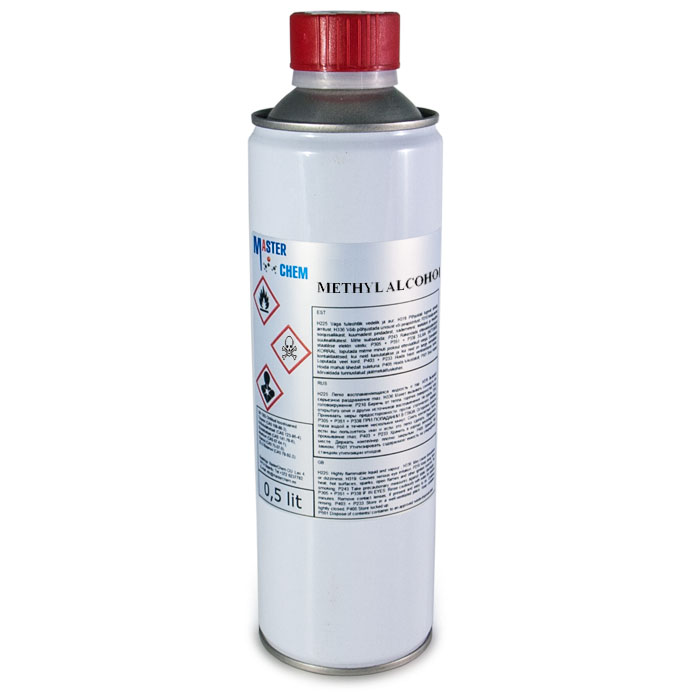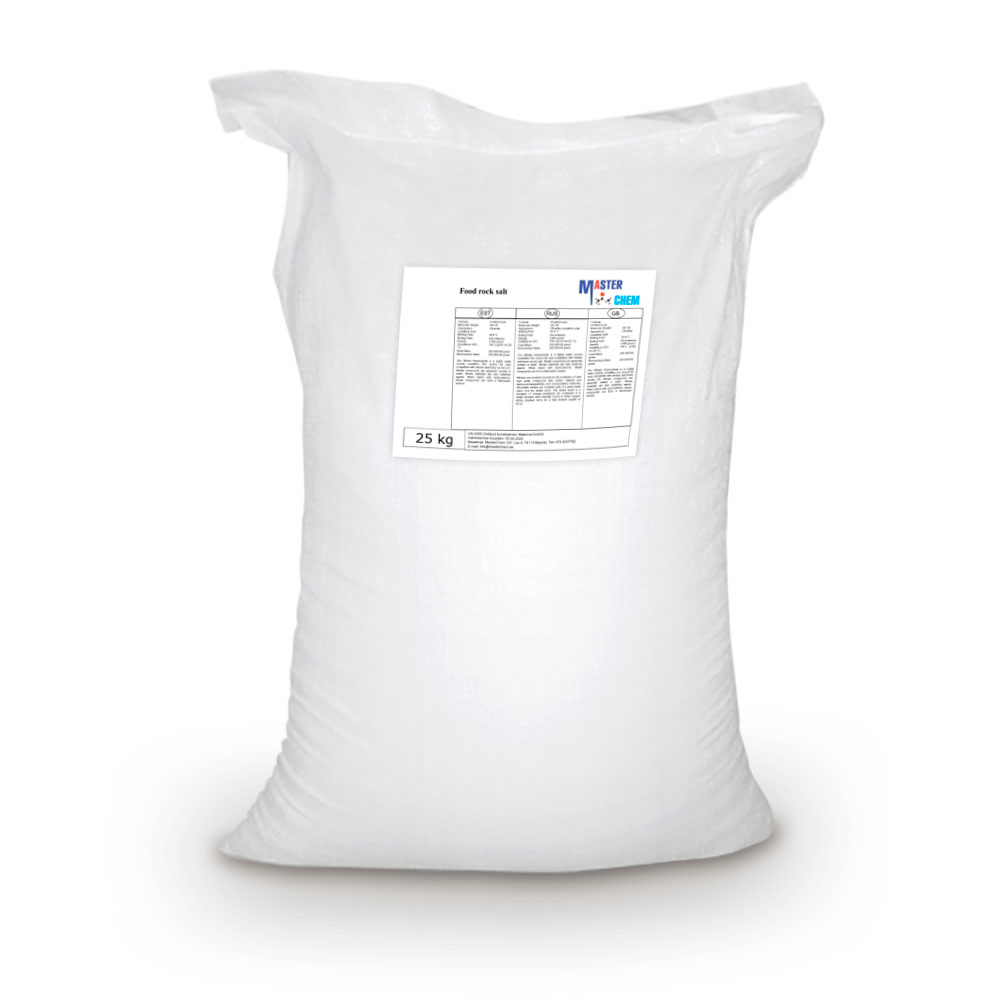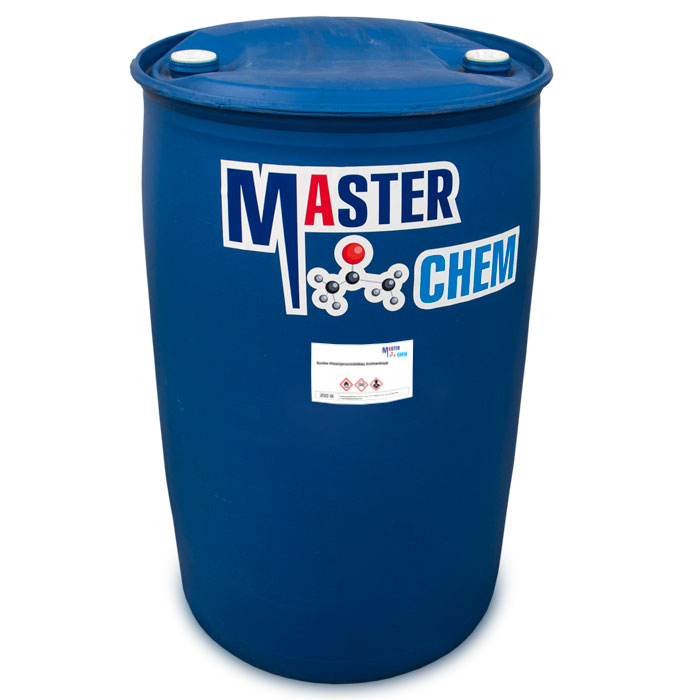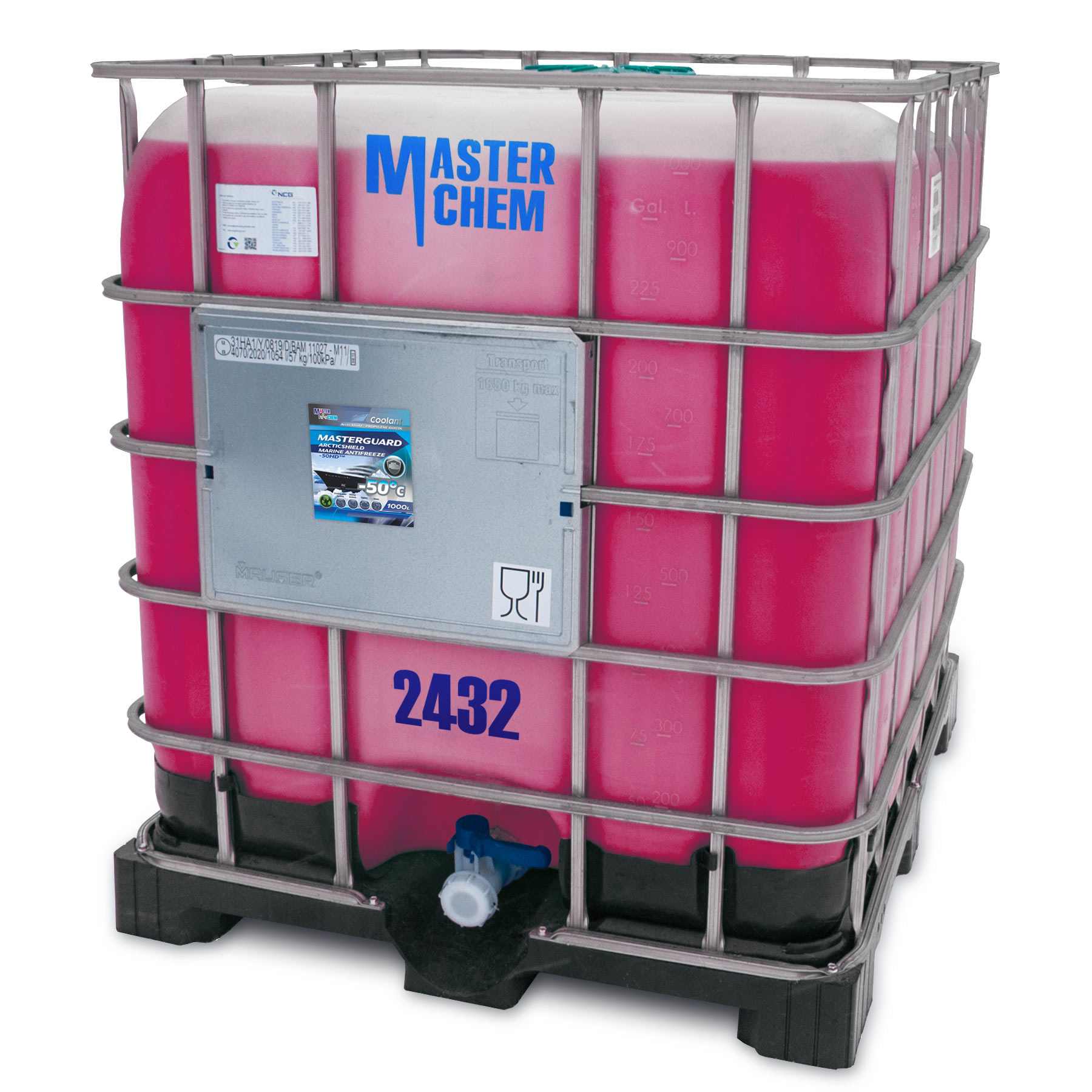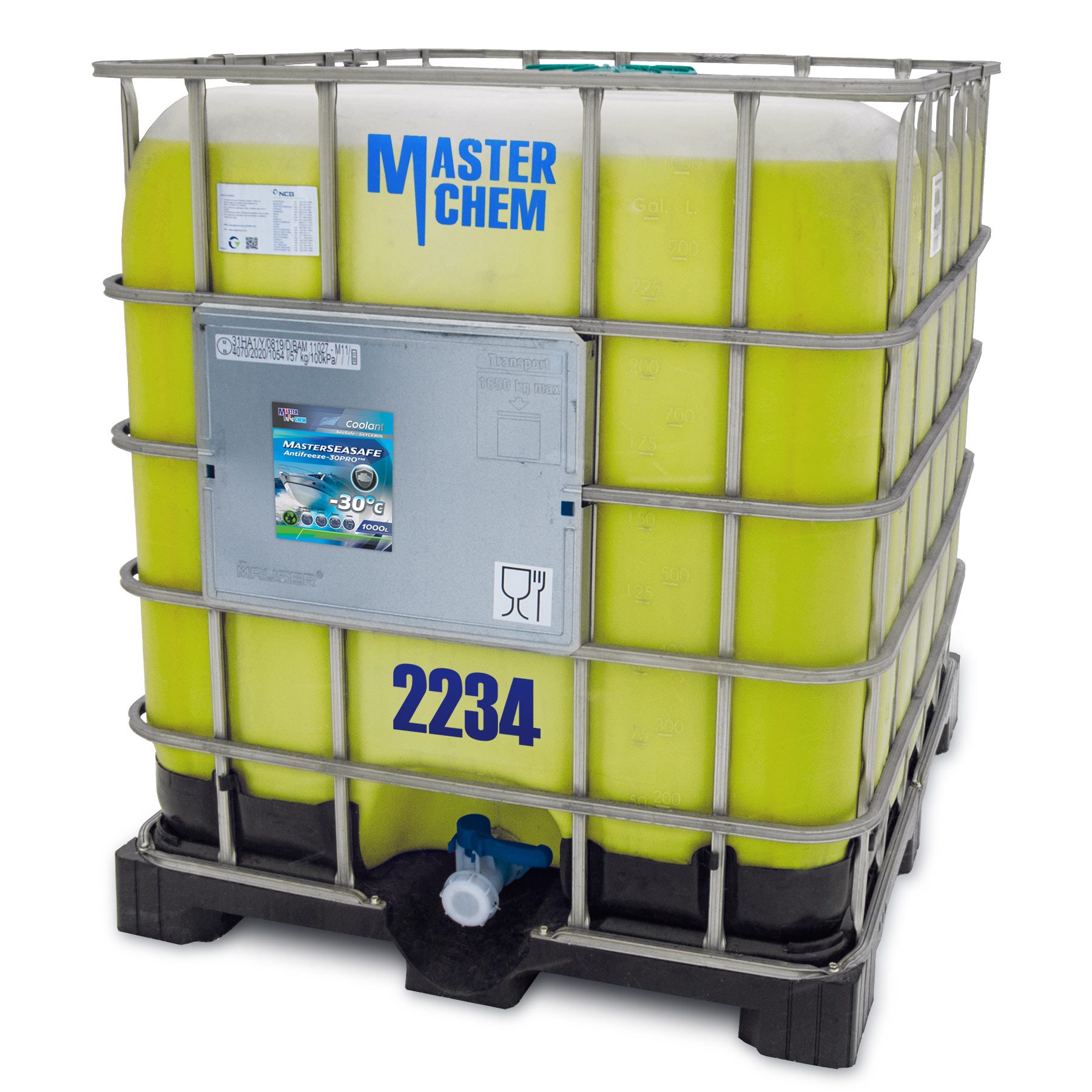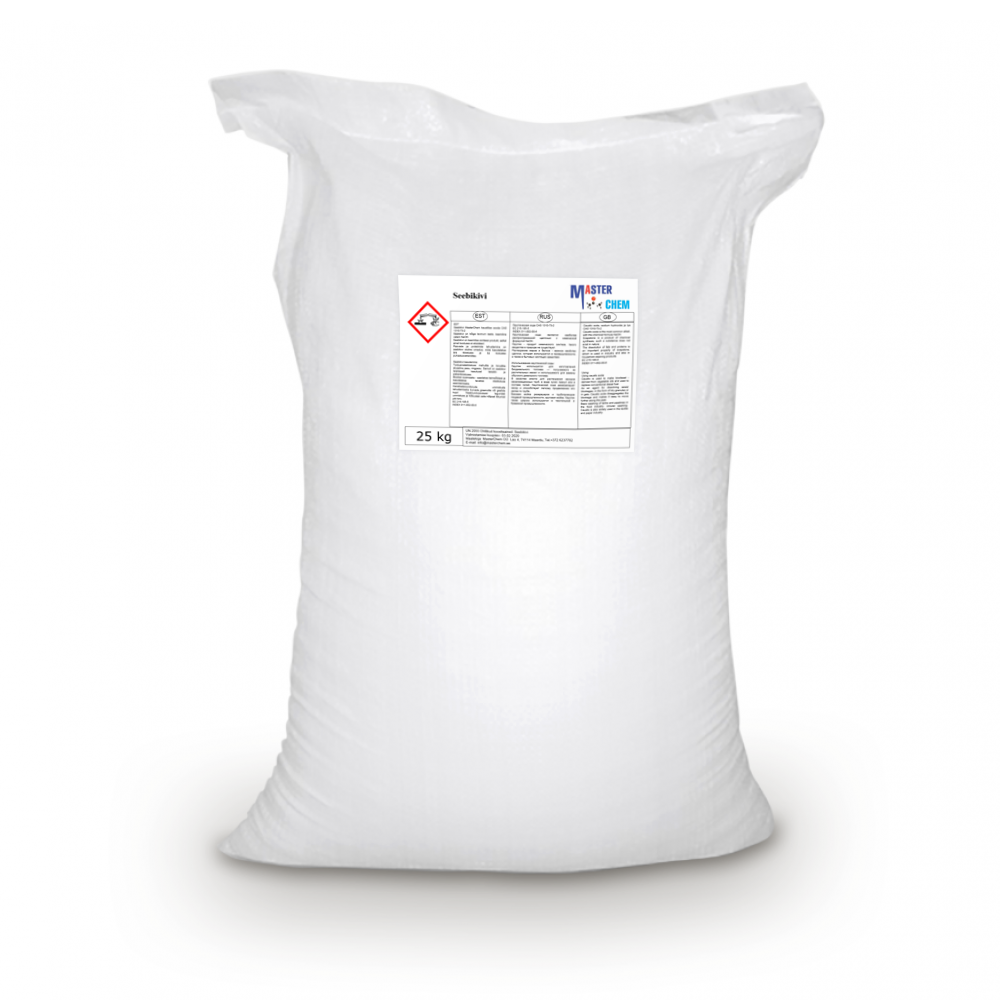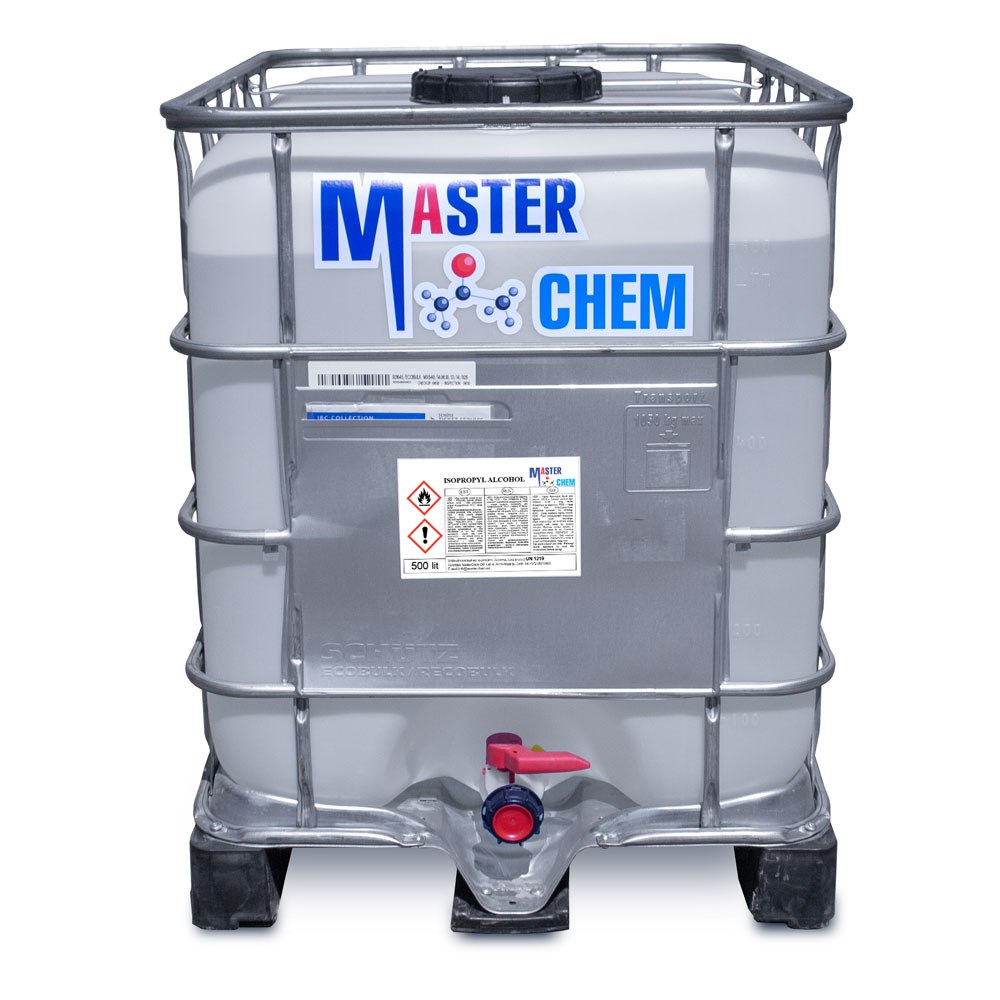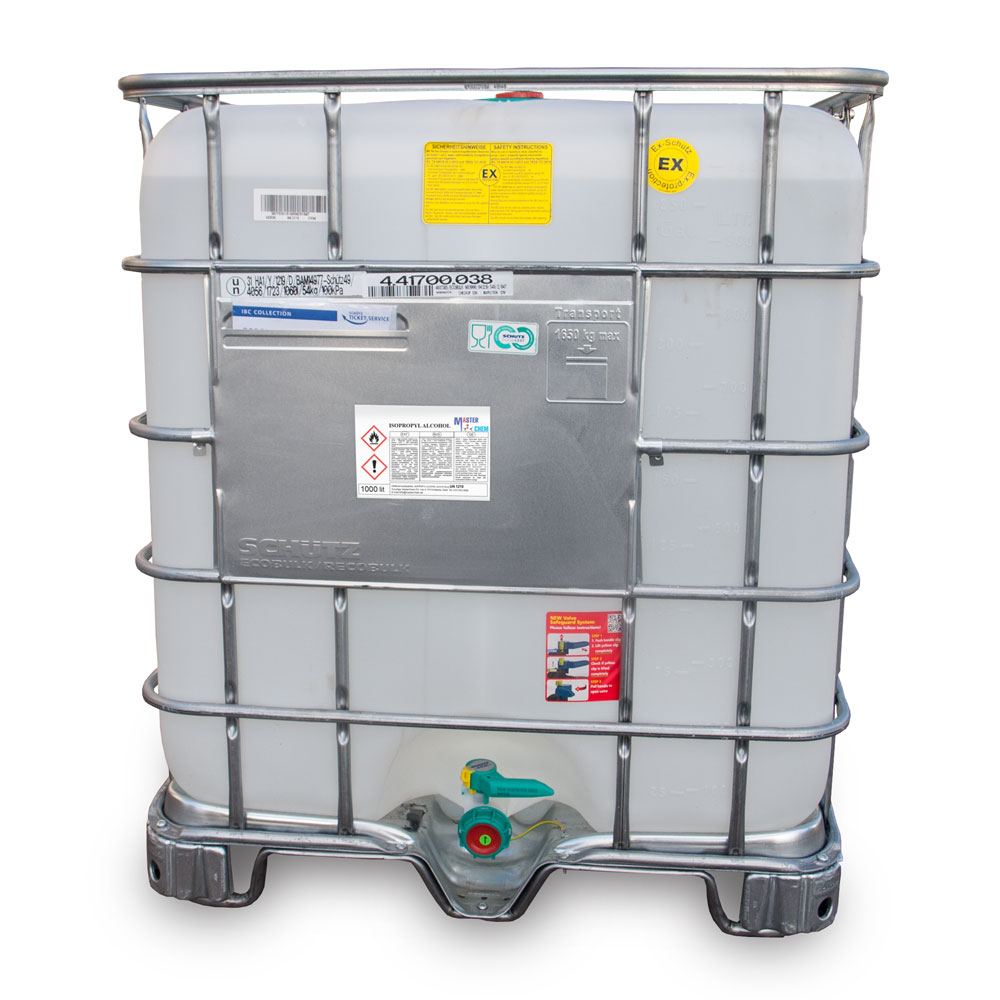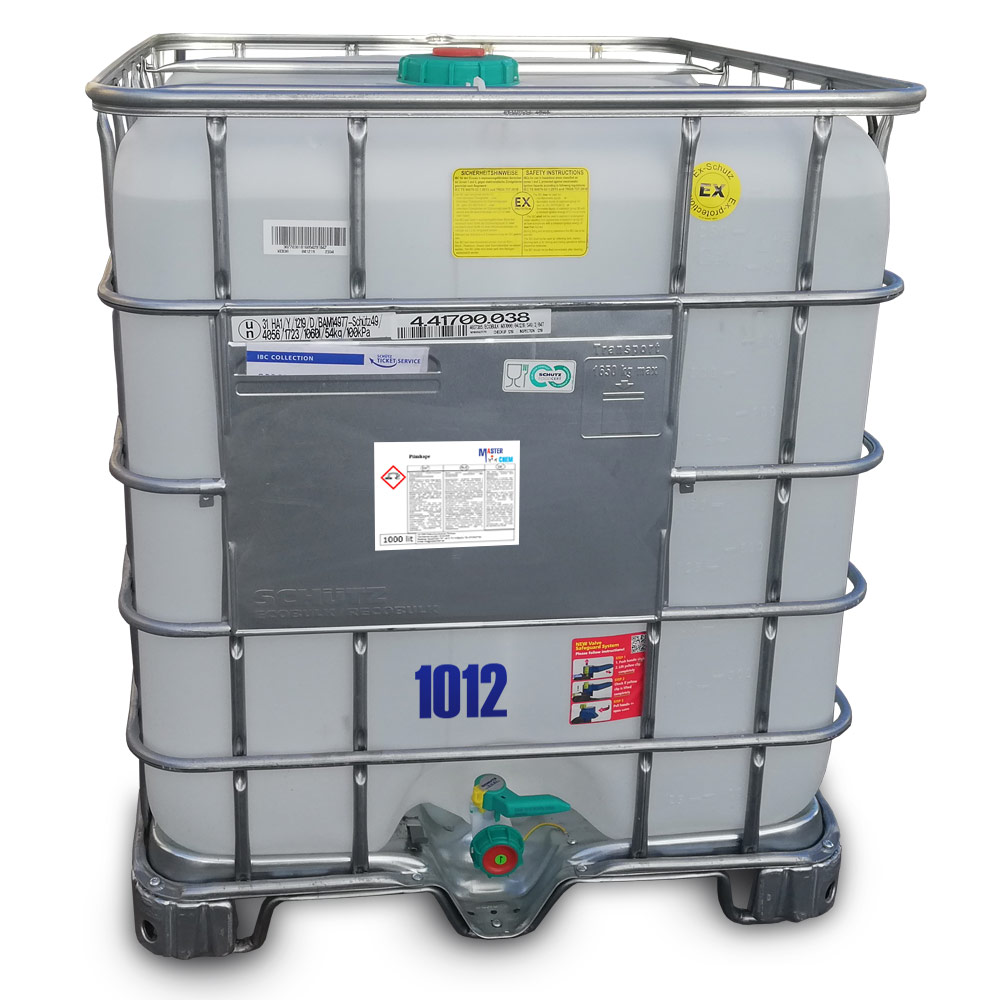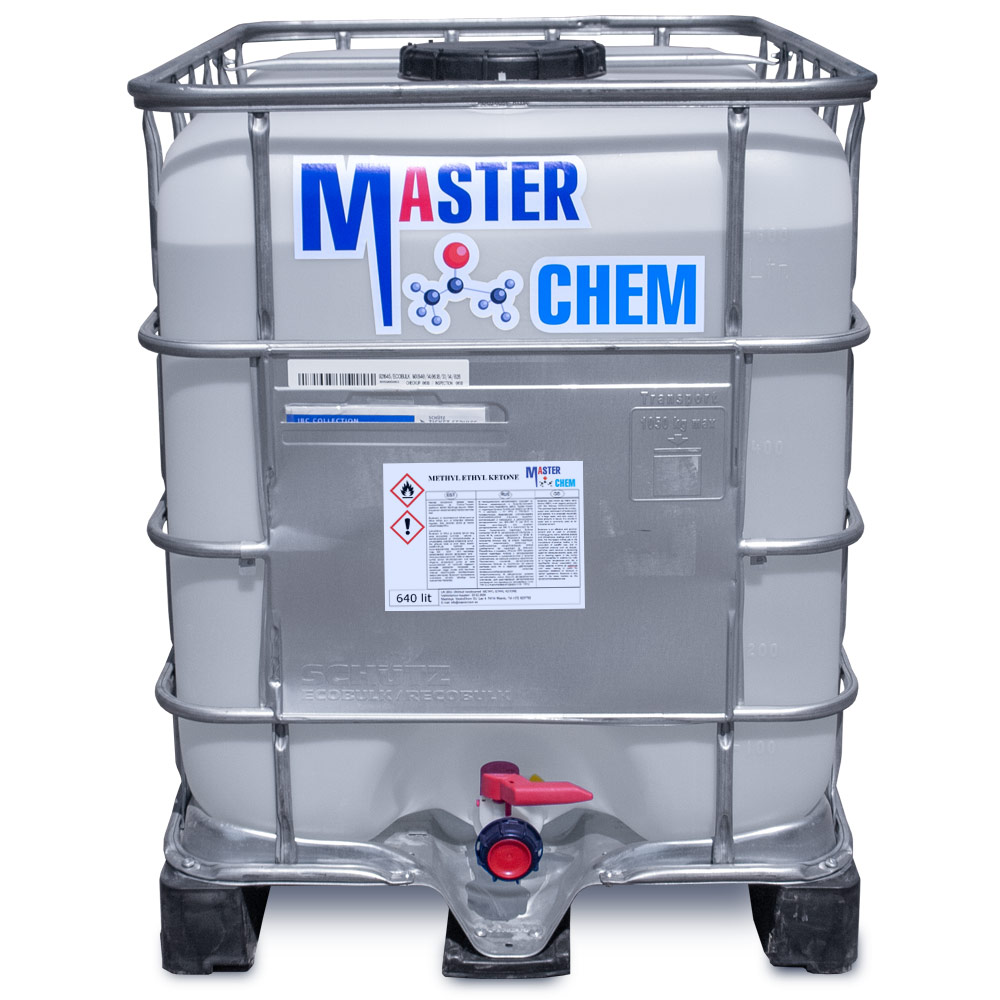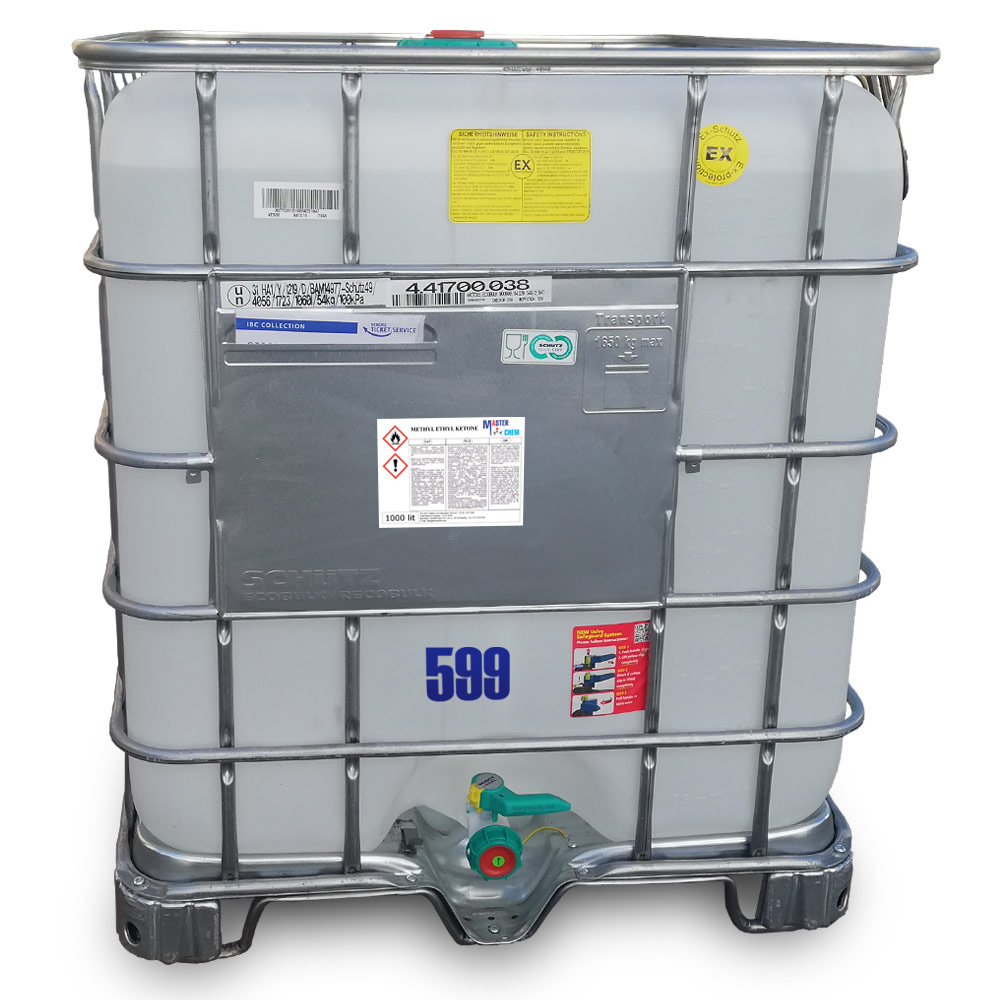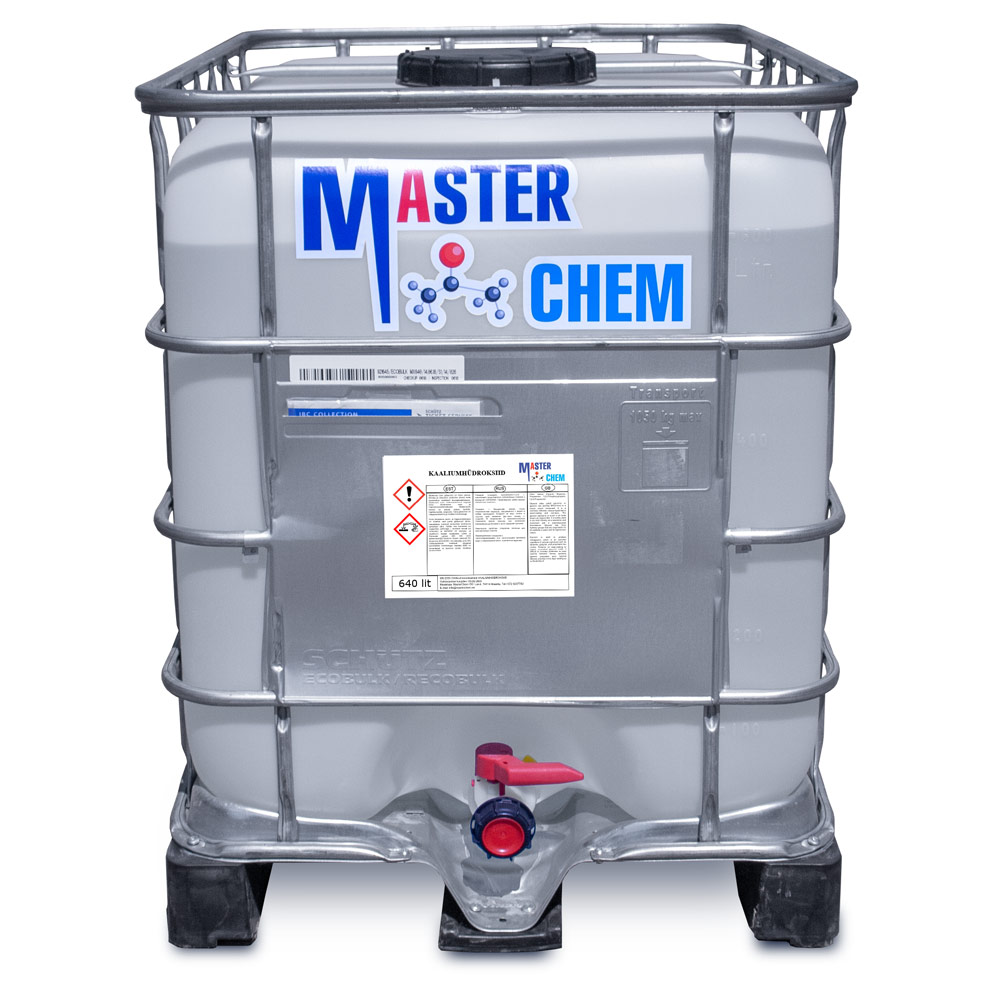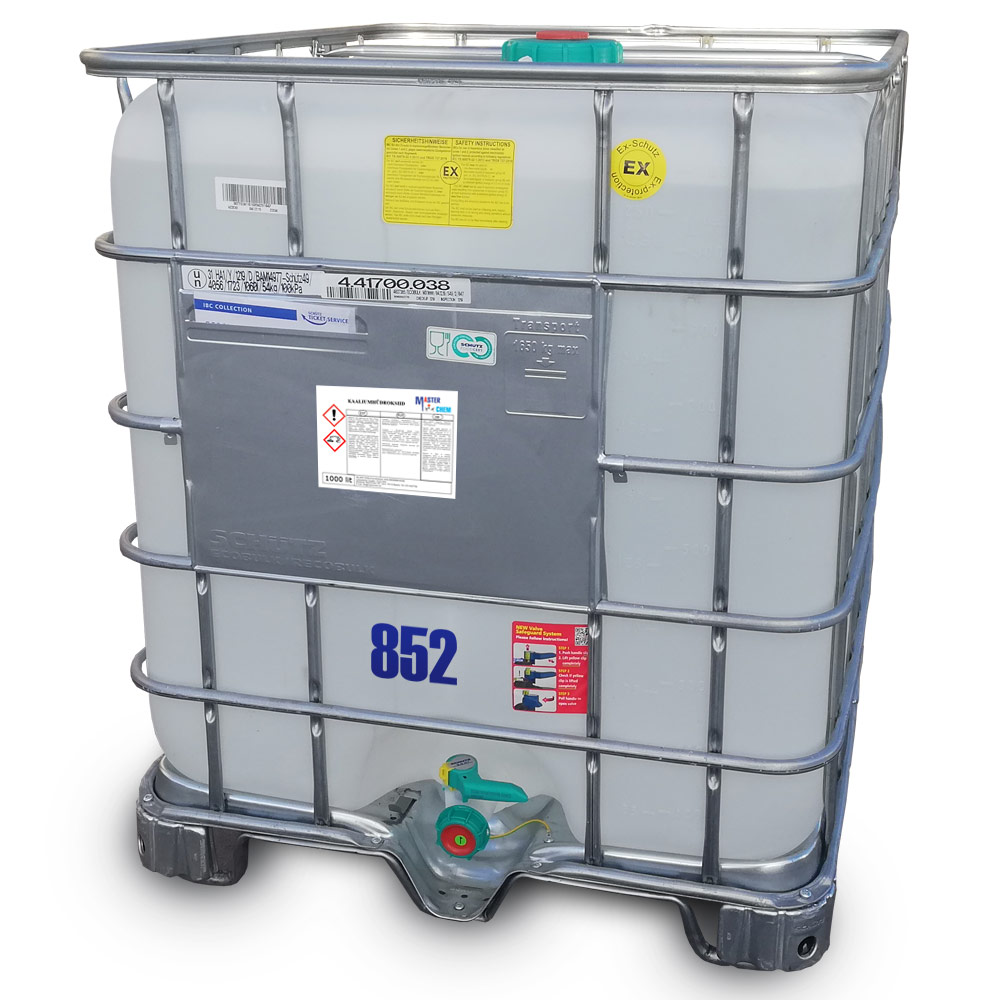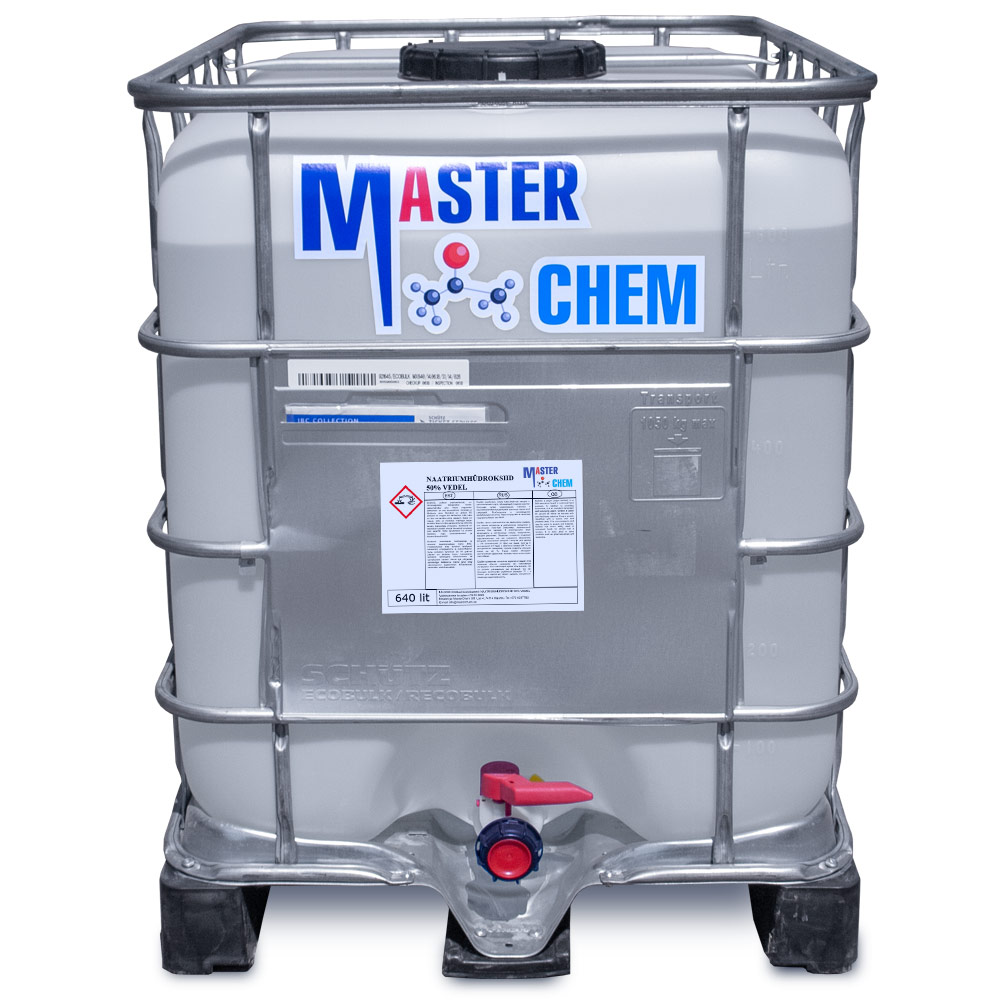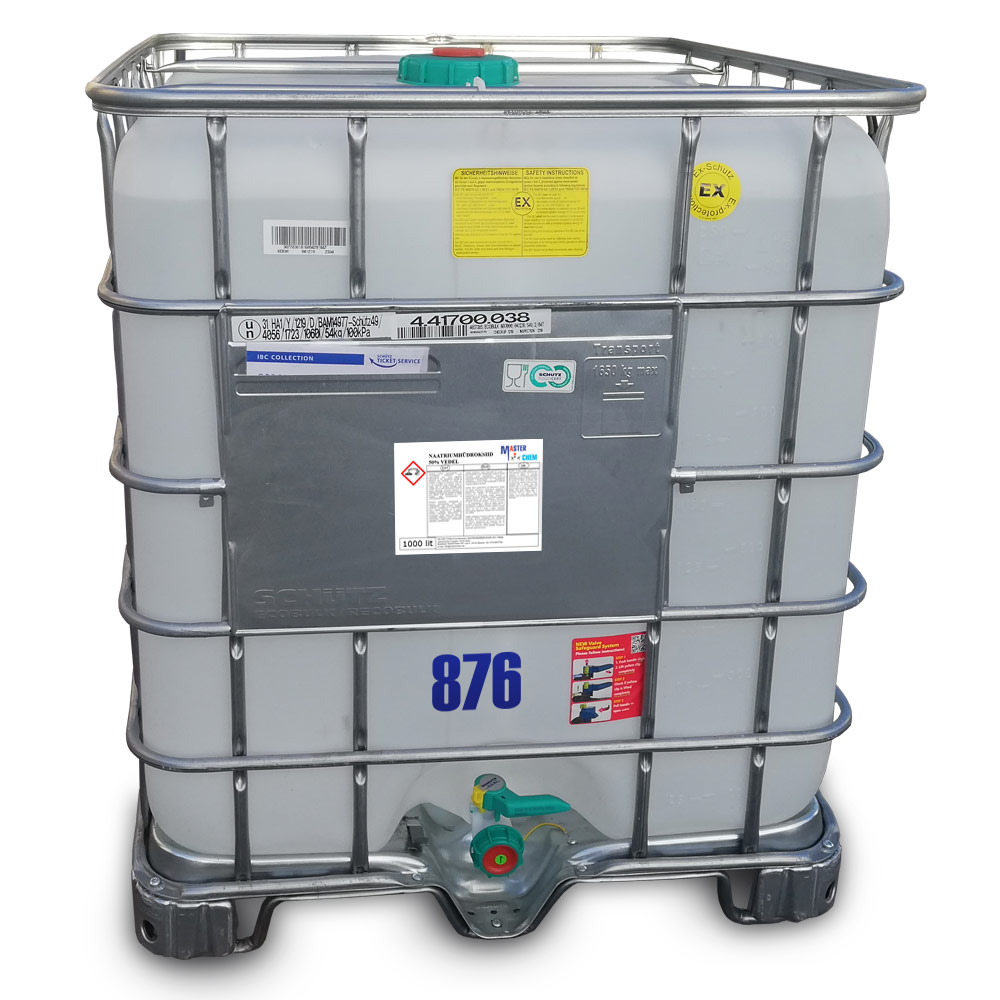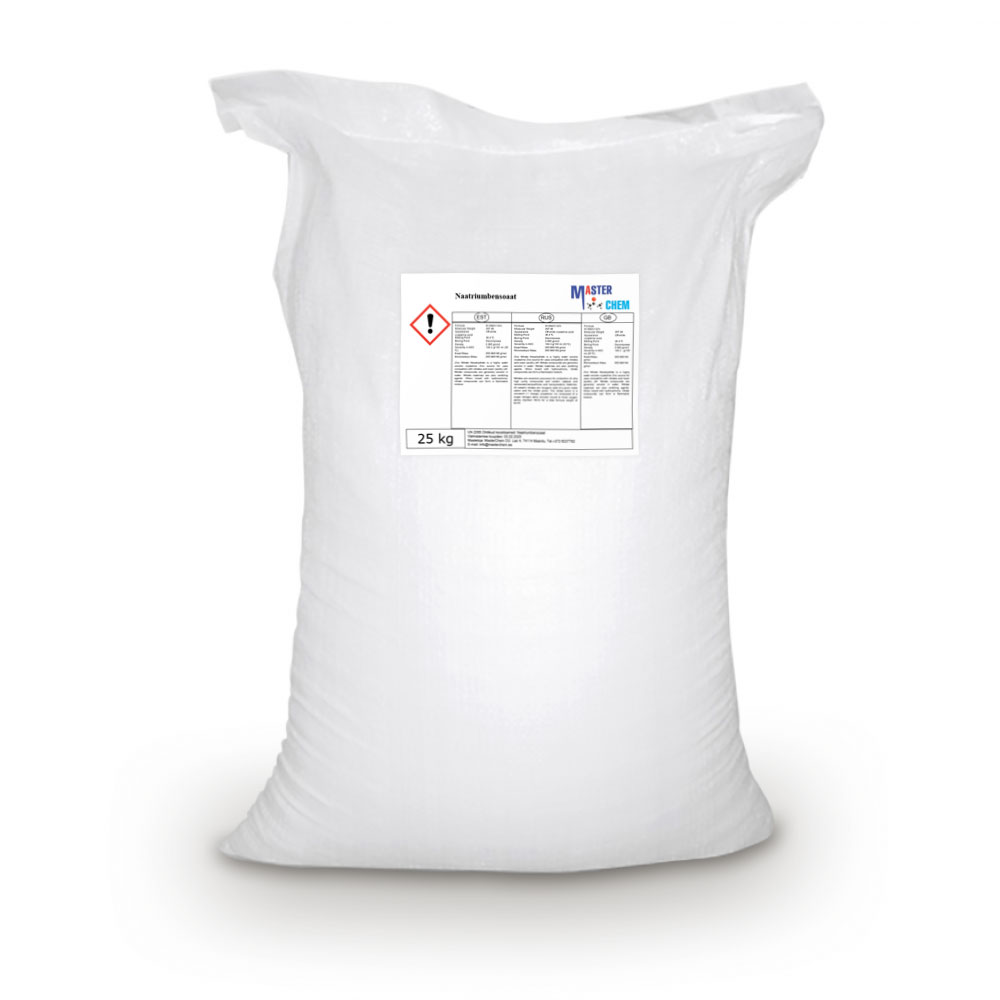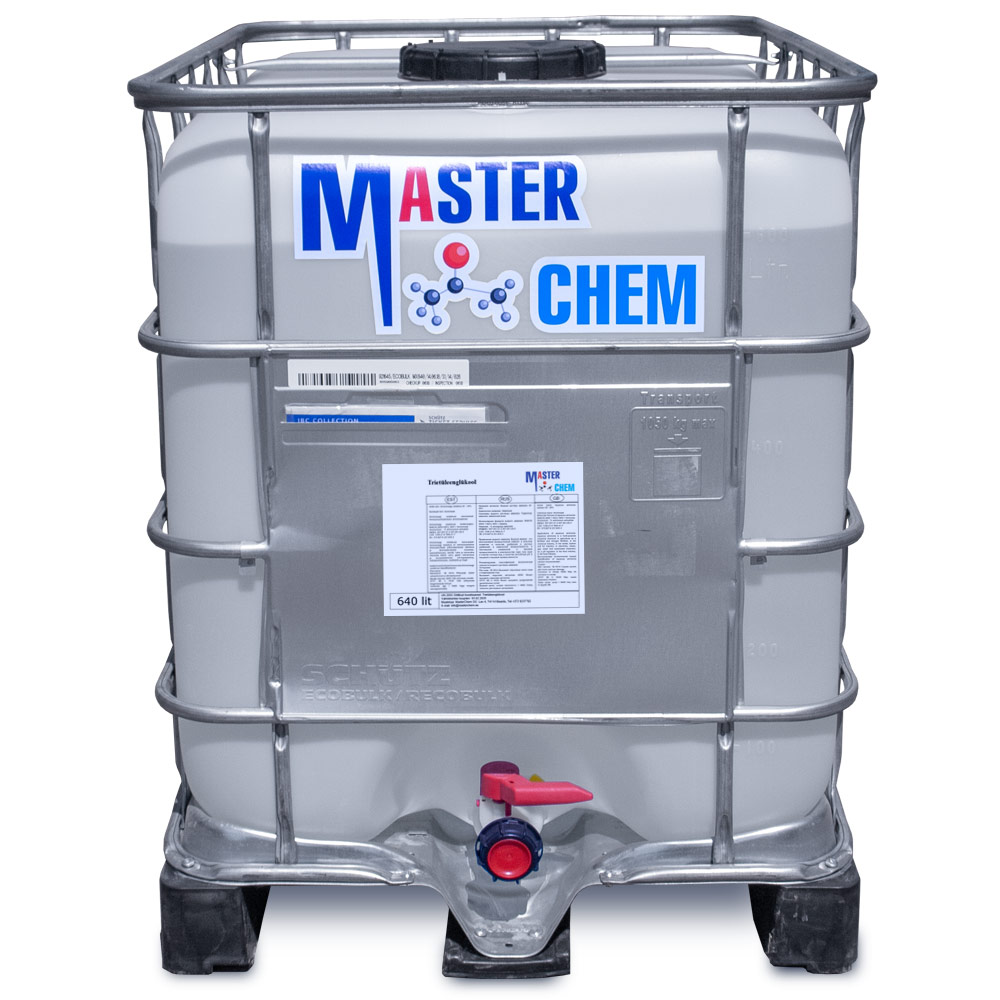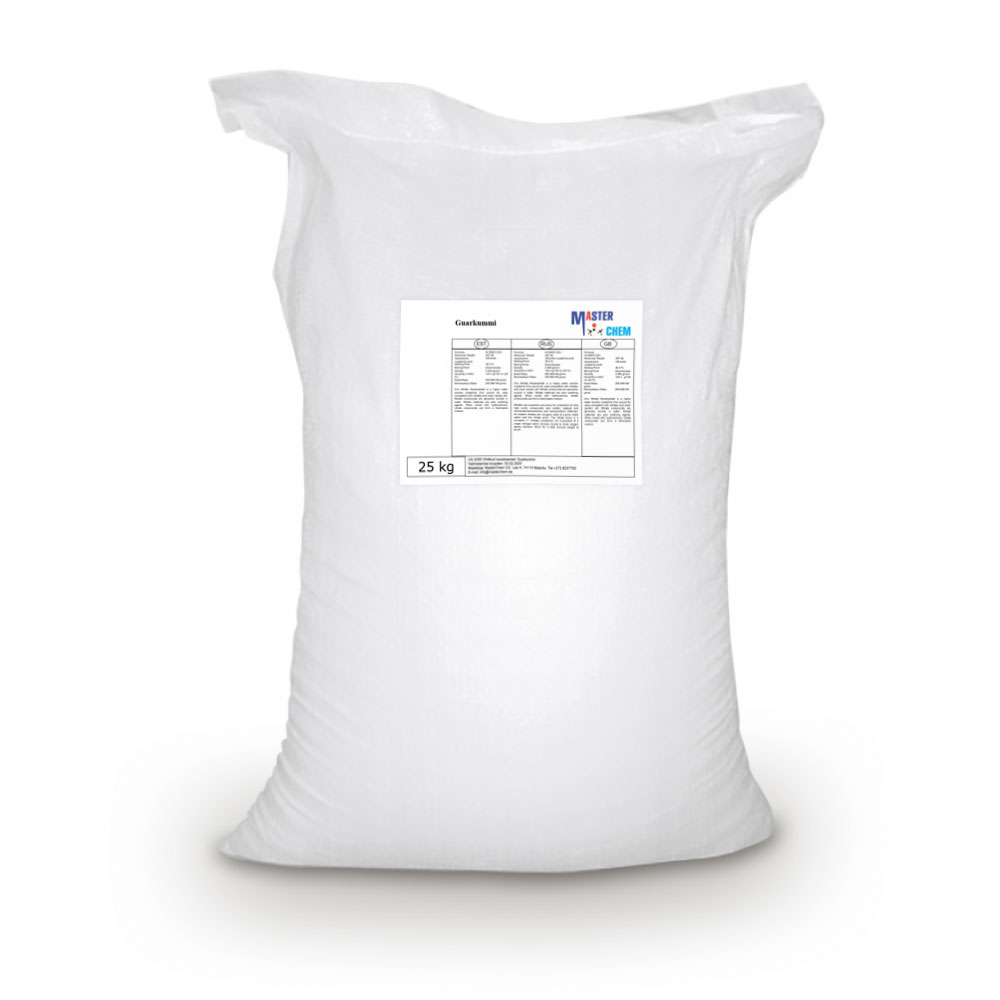Currently Empty: €0.00
Methyl alcohol (methanol) (CAS 67-56-1)
Other names: Carbinol, Columbian spirits, Hydroxymethane, Methyl alcohol, Methyl hydrate, Methyl hydroxide, Methylic alcohol, Methylol, Pyroligneous spirit, Wood alcohol, Wood naphtha, Wood spirit
Methanol, also known as methyl alcohol among others, is a chemical with the formula CH3OH (often abbreviated MeOH). Methanol acquired the name wood alcohol because it was once produced chiefly as a byproduct of the destructive distillation of wood. Today, industrial methanol is produced in a catalytic process directly from carbon monoxide, carbon dioxide, and hydrogen.
CAS: 67-56-1
€0.00 – €35.00Price range: €0.00 through €35.00
Product Description
Methanol is the simplest alcohol, being only a methyl group linked to a hydroxyl group. It is a light, volatile, colorless, flammable liquid with a distinctive odor very similar to that of ethanol (drinking alcohol). However, unlike ethanol, methanol is highly toxic and unfit for consumption. At room temperature, it is a polar liquid. It is used as an antifreeze, solvent, fuel, and as a denaturant for ethanol. It is also used for producing biodiesel by transesterification reaction.
Methanol is produced naturally in the anaerobic metabolism of many varieties of bacteria and is commonly present in small amounts in the environment. As a result, the atmosphere contains a small amount of methanol vapor. However, in only a few days, atmospheric methanol is oxidized by sunlight to produce carbon dioxide and water.
Description:
Methanol is the simplest monoatomic alcohol, a colorless toxic liquid, a contaminant. This is the first, simplest representative of the homological series of monatomic alcohols. The main consumers are manufacturers of formaldehyde, resins and other products based on it. Important properties of methanol are good solubility in water and low freezing point. Methanol is mixed in any ratio with water and most organic solvents. Like ethyl alcohol – it is a strong solvent.
Application and use
• in the oil refining industry, methanol is used as a solvent for cleaning gasoline from mercaptans, as well as in the separation of toluene;
• in the gas industry – as a reagent in the fight against hydrate formation and, in part, as a reagent for drying natural gas, as an inhibitor of hydrates formed in gas pipelines;
• as a high-octane fuel additive that increases engine power while dramatically reducing the amount of exhaust gases;
* for protein synthesis (protein-vitamin concentrate);
• in the production of dimethyl terephthalate, pesticides, plant protection chemicals, for the production of acetic and formic acids (the latter is used in the coagulation of latex, as a leather tanning agent, food preservative and for silage of feed) •
* 3/4 of the produced methanol is consumed by the chemical industry for the production of formalin, urotropin, acetic acid and methylation products;
• in the petrochemical industry, the main consumers of production of isoprene and methyl tertiary butyl ether.
• an important area of methanol consumption in recent years is the production of biodiesel fuel obtained by transesterification with CH3OH of rapeseed oil.
Physical properties
With air in volume concentrations of 6.98-35.5 % forms explosive mixtures (flash point 8 °C).
Density-0.7918 g / cm3
Melting point -97.9 ⁰C
Boiling point +94.50 C
| Weight | N/A |
|---|


